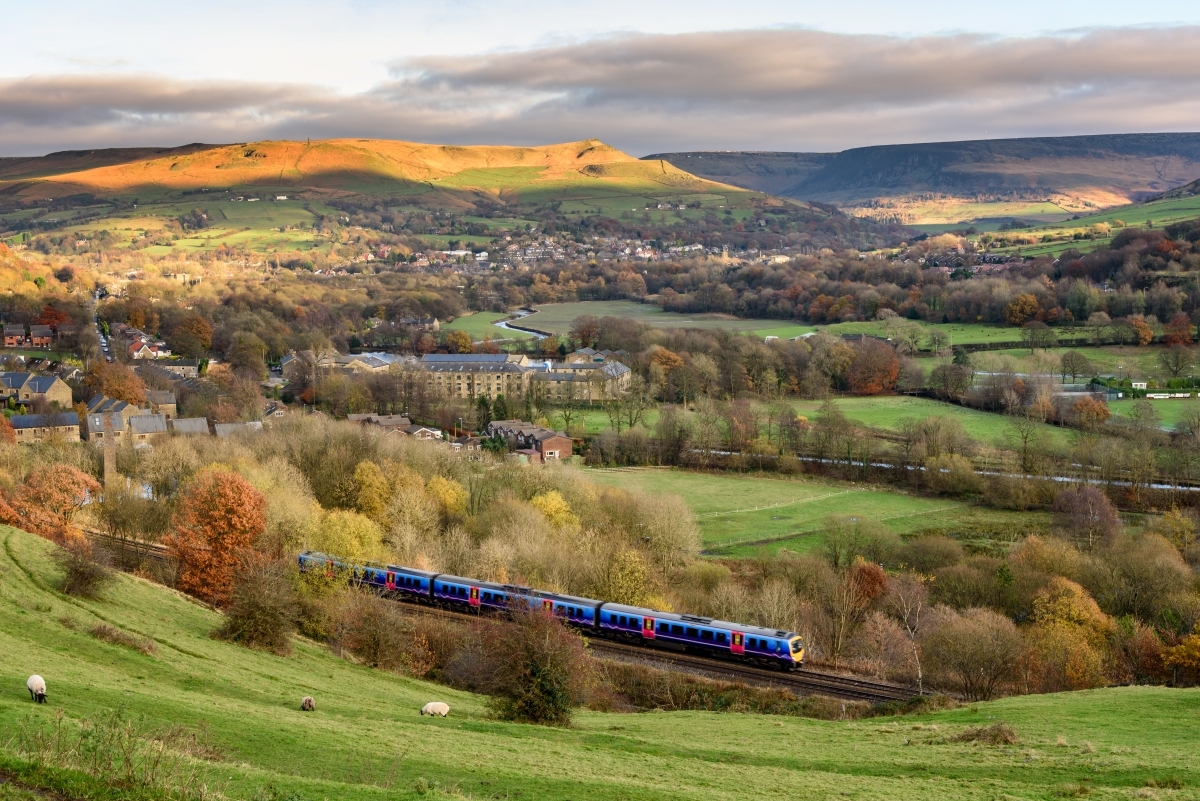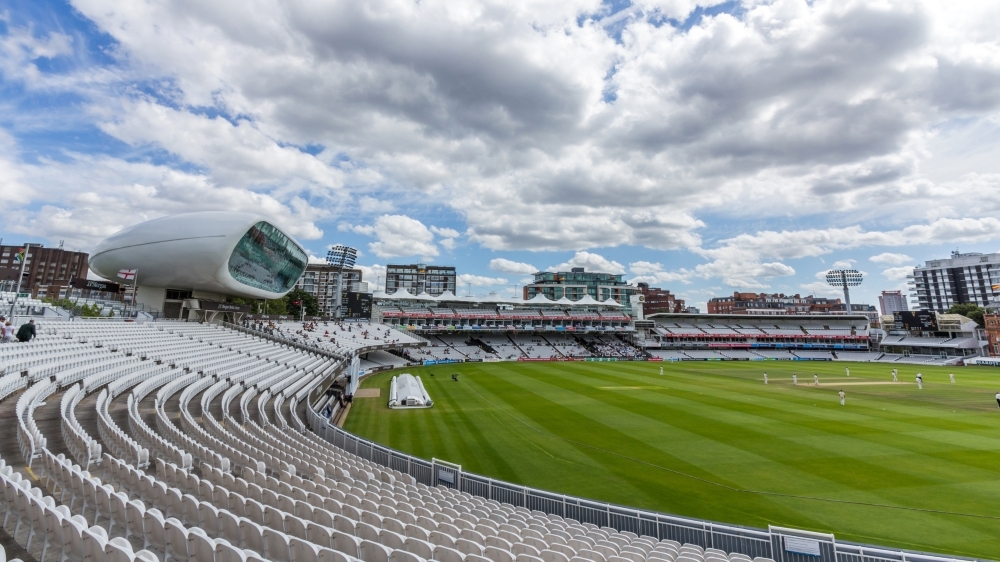A Guide to Hampstead Heath
Like most modern cities, London is predominantly shaped by the demands of 21st-century living, with commercial and residential elements emerging as the driving force for its continual development. However, there are still areas where nature and the living world remain responsible for almost everything that the eye can see, and the hands and feet can touch.
Unlike the grand royal parks of the capital, Hampstead Heath is amongst the rarest of these spaces due to its status as common land, protected by law as a site of Metropolitan Importance for Nature Conservation. And as a result, it feels both connected to the city and gloriously liberated from it, blooming, living and breathing all year round as a haven to provide respite for everybody that visits. It speaks of a London from thousands of years ago in almost 800 acres of wild, rugged beauty, with a tale to tell on almost every step.

Victorian Civic Action
Locations such as Hampstead Heath have to be fought for and maintained in the modern world, and the story of how this incredible open space remains is always worth telling. In the 1800s, the Heath was under several threats from private developers, the emerging and expanding Victorian railway and the trend for gated villas and ornamental parks that were only ever to be enjoyed by the privileged few.
A remarkable campaign that combined philanthropy, law changes and public outcry eventually ensured that Hampstead Heath remained untouched in a manner that set the bar for how conservation in the United Kingdom would continue until the present day, Indeed, one of the main players in keeping the Heath untamed and protected was none other than Octavia Hill, the pioneering conservationist who eventually created the National Trust, something the whole country has her to thank for. Octavia believed that the working class people of London should be allowed access to “open air, sunlight and beauty” and she would undoubtedly be proud of how that is represented on Hampstead Heath today.
Growing Wild In The City
The area rises to around 134 metres at the top of Parliament Hill, where probably the most famous legally protected view in London awaits, with St Paul’s Cathedral, Canary Wharf and even Windsor visible when the clearest skies permit. It’s here that John Constable would stand as he painted the skies of Hampstead all those years ago, inspired by the rugged wonder of everything that surrounded him.
The canvas of Hampstead Heath is blank for every visitor no matter how many times one goes there. Much of its charm is in how it demands to be explored in a non-guided way, with only your heart as the compass.
Trails to Tackle
Starting at Parliament Hill and making your way towards Kenwood House is a great place to begin, and it delivers wooded paths of ancient trees past the famous bathing ponds towards the House, in a gentle way. Stopping for a quick dip on sunny days is another experience that makes this place feel wonderfully out of time.
For children, the magic of Hampstead Heath can be discovered by meandering through the Central Woods to look for the Hollow Tree, a towering ancient oak with a huge, hollowed trunk that is perfect for hide-and-seek games. There are also opportunities for romantic strolls towards Hill Garden & Pergola with Sandy Heath beneath it or perhaps a more solitary ramble into the Vale of Heath with its rough and open grasslands that are occupied by dragonflies and birdsong in mornings and early evenings.
In the Footsteps of The Great and Good
This one square mile of North London can also lay claim to connections with some of the greatest cultural minds ever produced. It was here that Byron, Coleridge and Keats all walked in a lovelorn melancholy whilst working on their incredible verses. It is also the place where Bram Stoker took inspiration from the atmospheric cemetery and ponds for Dracula, where Karl Marx picnicked on the Heath, Sigmund Freud strolled its many trails, and Orwell took breaks from writing Keep the Aspidistra Flying with a brisk walk in the woods.
The attraction for all of these luminaries would have been the sheer variety and difference of natural beauty on show that remains to this day. Hampstead Heath swells and changes with the seasons to make it an evergreen choice for runners, walkers, cyclists, swimmers, couples and families that know they are always likely to encounter something here that they haven’t seen before. Meadowland, woodland, shade, sun and open water are all waiting to be uncovered, and there is even a small zoo of exotic birds, lemurs and wallabies with an impressive butterfly house nearby.
An Invitation from the Past
Hampstead Heath is a living part of the natural and social history of this great city. It invites you to create your own restorative and relaxing journey to escape the travails of modernity and busy lives, connecting with the elements in a way that seems unthinkable this close to the Northern Line.
Essentially, it provides something that we all need and take great pleasure from, as the great Octavia Hill herself said: “We want quiet places where people may go and enjoy the beauty of nature”. And Hampstead Heath might just be London’s greatest example of it.



